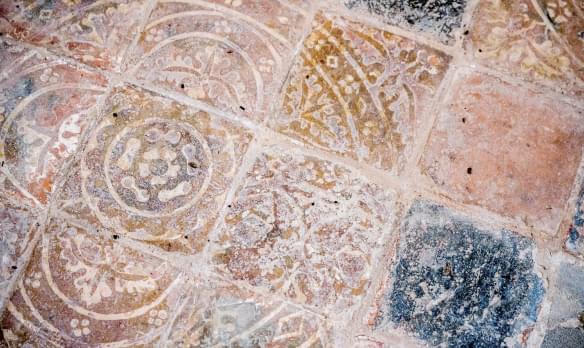
St Pol-de-Leon
Paul, Cornwall | TR19 6UF
We have supported this church
Search for a fascinating place to visit, or see the variety of churches, chapels and meeting houses we have supported.

Paul, Cornwall | TR19 6UF
We have supported this church

Morland, Cumbria | CA10 3AX
Morland church has the only Anglo Saxon tower in Cumbria which is a remarkable survival and outstanding example of its type, it is probably the oldest building in Cumbria still being used for its original purpose.

Stockton on Tees, County Durham | TS18 3PJ
A red brick, Victorian church proud to serve its local community.
We have supported this church

Bolton, Cumbria | CA16 6AJ
We have supported this church

Long Marton, Cumbria | CA16 6JP
Pre Norman building of Dufton red sandstone with a fine carved hammer beam chancel ceiling, 11th century tower, unusual tympana, a dual sedilla and a piscina.

St Bees, Cumbria | CA27 0DR
The church was founded in 1120, is one of the architectural jewels in Cumbria and well worth a visit.
We have supported this church

Stockon-on-Tees, County Durham | TS18 1LB
We have supported this church

Cleator, Cumbria | CA23 3DD
We have supported this church

Stockton on Tees, County Durham | TS18 1HU
The church celebrated its 150th anniversary in 2017, and is a Grade II listed building.

Pendeen, Cornwall | TR19 7SF
Under the Act of 1843, districts were separated from large parishes and were known as ‘Peel Districts’, from Sir Robert Peel who promoted the Act.

Sancreed, Cornwall | TR20 8QS
This small but beautiful church is located in the very centre of Sancreed (Cornish: Eglossankres) in the inland parish in the Hundred of Penwith, about four miles west of Penzance and forms part of the gloriously wild and ruggedly beautiful area of West Penwith at the most westerly tip of Cornwall.

Heighington, County Durham | DL5 6PP
St Michael's embodies an architectural history typical of the English parish church: Anglo-Saxon foundations; a Norman nave, tower and chancel; aisles of the 13th century; and sensitive reworking at the end of the 19th century.
We have supported this church